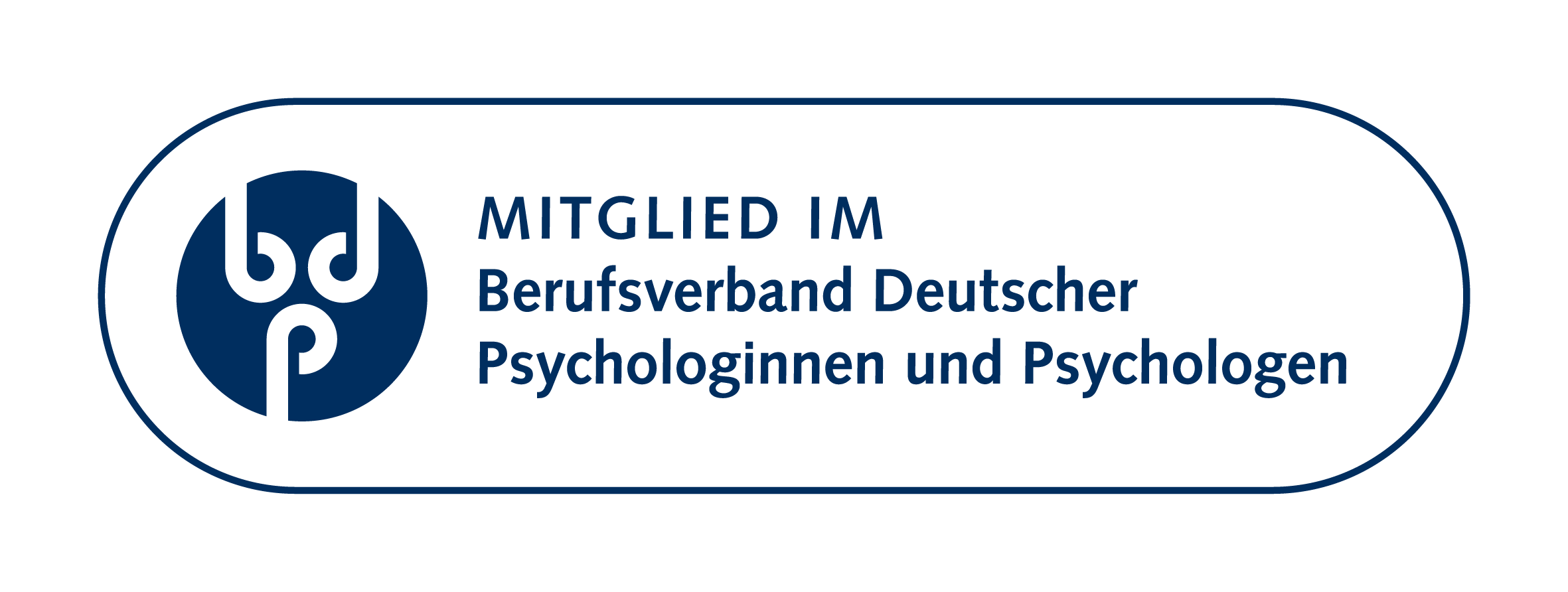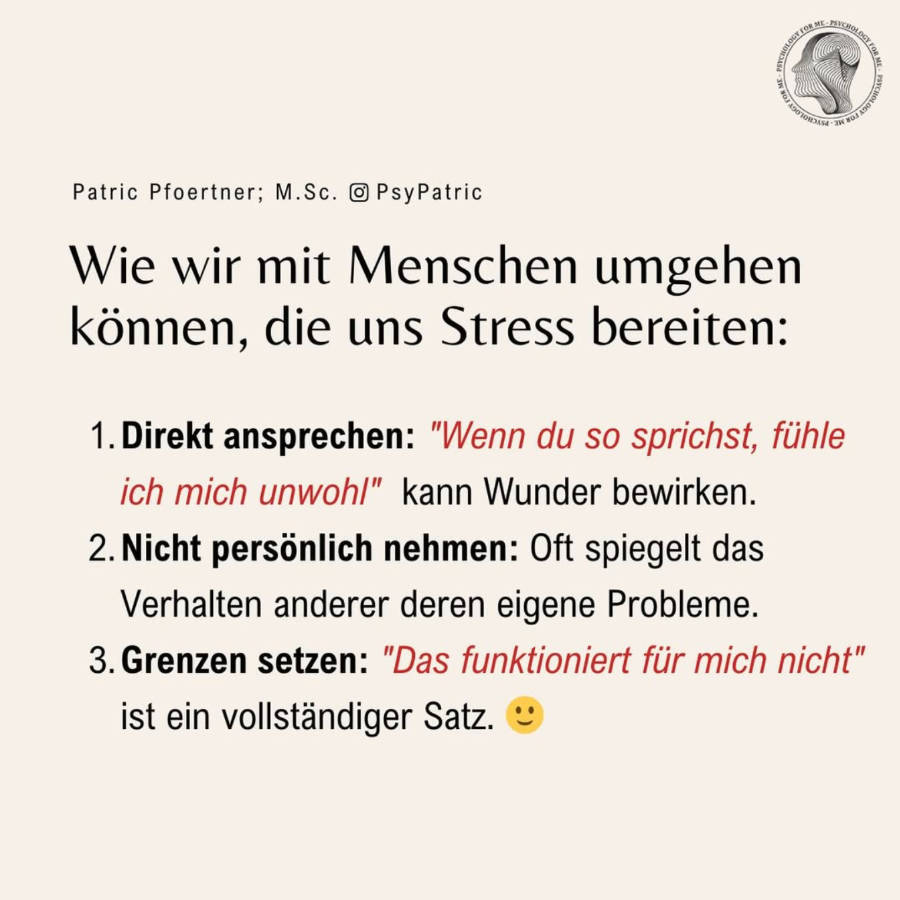Understanding Tremor Anxiety: A Psychological Perspective
Experiencing involuntary trembling or shaking, especially in public or social settings, can be incredibly distressing. While conditions like essential tremor are physical, the anxiety surrounding these tremors—or even the fear of trembling when no physical cause exists—is a distinct psychological challenge. This anxiety can profoundly impact one's confidence, social interactions, and overall quality of life. It’s a common yet often unspoken struggle, and it’s important to remember you are not alone in these feelings.
For many, the fear isn't just about the tremor itself, but about what it signifies to others. Thoughts like “Will they notice?” or “What will they think of me?” can fuel a cycle of avoidance and heightened anxiety. We understand how isolating and overwhelming these feelings can be, and this self-assessment test is designed to offer a gentle, initial exploration of your experiences.
You might be asking yourself some common questions about tremor anxiety:
- What exactly is tremor anxiety? Tremor anxiety refers to the significant distress, fear, and avoidance behaviors that arise specifically from the concern about one's body trembling or shaking, or the fear that it might occur. It’s not necessarily about a physical tremor condition itself, but the psychological impact and anxiety about the tremor.
- Why do I fear my trembling so much? This fear often stems from a deep concern about social judgment, embarrassment, or appearing vulnerable. People worry that others will perceive their trembling as a sign of nervousness, weakness, or even a health problem, leading to negative evaluations or rejection.
- How does this anxiety impact my daily life? Tremor anxiety can lead to significant behavioral changes, such as avoiding social gatherings, public speaking, or even simple tasks like signing documents or holding a cup in public. This avoidance can narrow your world, limit opportunities, and decrease your overall quality of life.
- Can tremor anxiety be managed effectively? Absolutely. While it can feel overwhelming, tremor anxiety is highly treatable. Approaches like Cognitive Behavioral Therapy (CBT) can help you challenge unhelpful thought patterns, reduce safety behaviors, and gradually face feared situations in a supportive way, leading to significant improvements.
This “Tremor Anxiety Self-Assessment” is designed to help you:
- Identify situations where fear of trembling impacts you.
- Understand the thoughts and feelings associated with this anxiety.
- Reflect on avoidance behaviors and coping strategies you might be using.
Remember, taking this test is a brave first step. It provides a personal snapshot, not a diagnosis. If your results suggest moderate or high levels of concern, or if you simply wish to explore these feelings further, we highly recommend reaching out to a mental health professional. They can offer tailored guidance and strategies to help you regain control and live more freely. You deserve support in navigating these challenges and building greater confidence.
























